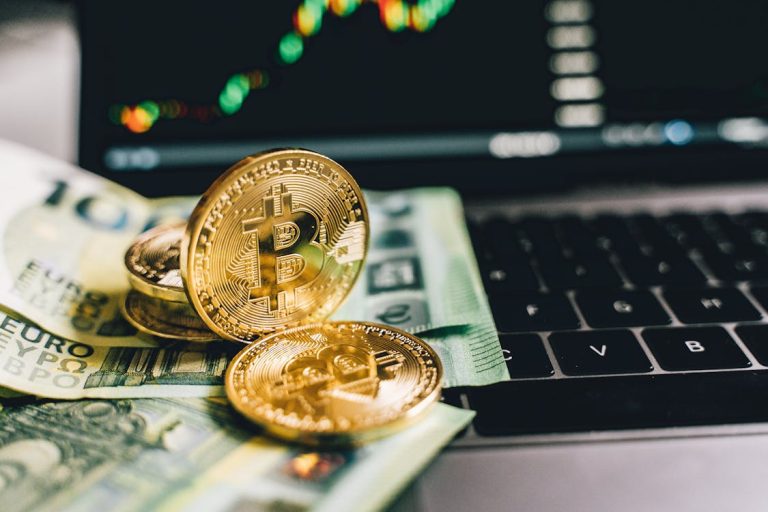Bitcoin Transaction Fees: How They Work and How to Minimize Them
One of the most difficult aspects of learning about Bitcoin is understanding how transaction processing works. Often, the cost comes as a shock to users who encounter high fees during the first transaction.
In this article, we’ll take you through various aspects of Bitcoin transaction fees. We’ll also share some best practices that users can rely on to minimize fees as they transact on the network.
What are Bitcoin Transaction Fees?
These are fees that you, as a Bitcoin sender, pays to miners so your transaction can be listed on the Blockchain. Unlike transaction fees imposed by banks, Bitcoin allows you to choose your own fee. This fee is usually represented in satoshis per virtual byte (sat/vB). Put simply, 1 satoshi (sat) is the smallest Bitcoin unit and is equivalent to 0.00000001 BTC. Therefore, if a fee is 50 sats/VB and your transaction is 200 virtual bytes, the fee would be 10,000 satoshis or 0.0001 BTC.
Over the past year, the average fee has fluctuated significantly, which is expected as it’s affected by various factors. It has averaged around 50-200 sats/vB.
How Do Bitcoin Transactions Work?
Comparing Bitcoin transaction fees to those in the legacy financial system is vital in understanding the former. Since these are two fundamentally different systems, the factors impacting their fee structures vary. Therefore, misapplying habits from one market to the other can cause confusion for new Bitcoin users.
Here is a comparison of the two, focusing mainly on credit card transactions as they are familiar to most consumers:
Credit Card Transaction Fees
Credit card transactions and wire transfers have three main sources of cost overhead:
Administrative and bureaucratic overhead
Risk assumption usually by intermediaries like Visa
Liquidity
For credit cards, merchants often part with 1 to 3% in transaction fees. These transactions also have some unique characteristics necessary for comparison:
The more you try to transact, the more you pay
There’s often a hidden fee
Bitcoin Transaction Fees
With Bitcoin, things are quite different. For instance, there are no liquidity constraints, administrative costs, or point-of-sale costs. Additionally, the risk of counterparty is close to nil. So, exactly what are you paying for?
Bitcoin processes transactions by propagating them around the network through nodes. A miner then includes them into a block after verification, and the block is stored.
You can see that all the costs here relate to data. The more data you assign to other network participants, the more you’ll need to pay.
In simple terms, Bitcoin provides room for priority processing and price discrimination. This can allow for more elasticity in the demand curve, meaning that an individual who needs prompt transaction processing will be required to pay higher fees. In turn, the high fees will help subsidize everyone else’s transaction processing.
How to Minimize Bitcoin Transaction Fees
Here are some of the ways Crypto investors, both beginners and pros, can use to reduce Bitcoin transaction fees:
Select the Right Time
Fees are likely to go up when there are long queues on the transaction processing lines. Therefore, consider delaying your transactions until the queues are shorter.
Do a fee Comparison for Various Service Providers
Every crypto exchange charges different fees for its services. Comparing transaction fees for several service providers is another way to save on transaction fees.
Utilize the Lightning Network
The Bitcoin Lightning Network was developed to speed up payments by using an off-chain payment protocol. On this network, fees are lower than those associated with normal Bitcoin transactions. Relying on it for transactions will save you costs and increase your chances of turning a profit.
The post Bitcoin Transaction Fees: Understanding and Minimizing Costs appeared first on FinanceBrokerage.



